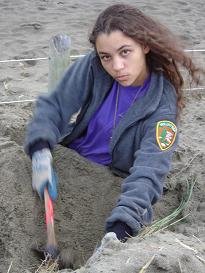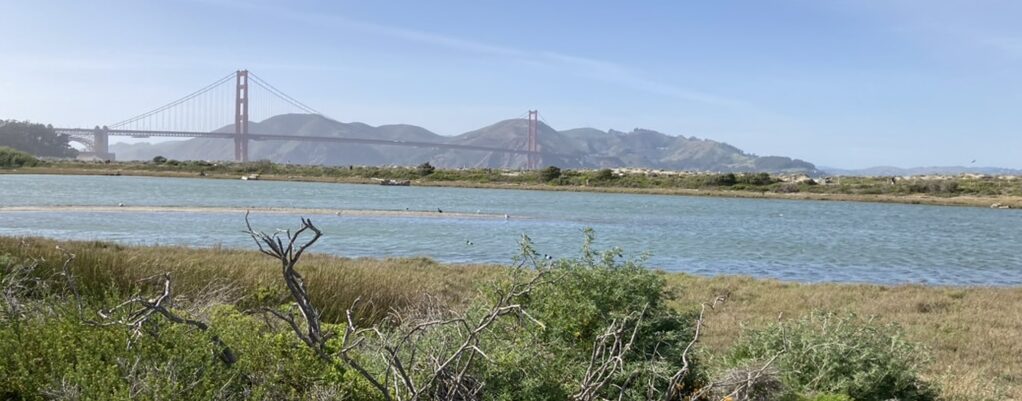Habitat Restoration Work
The thing about being a steward is: once you start, it’s hard to stop. The rhythm of the work, the conversations and camaraderie you have with your fellow stewards, that feeling of joy and determination you feel afterward that yes, you CAN do something in the face of increasingly severe ecological crises…
So then, don’t stop.
I had attended what my mother sometimes calls a “hippie school” named Synergy – during one of my last years there, they switched the school fundraiser “mile-a-thon” to a “clean-a-beach-a-thon”. In retrospect, it was brilliant; the fundraiser, where we kids would go out to collect pledges, would now benefit the entire community instead of only our school. I don’t know if they still do those, but it made an impression on me anyway.
I didn’t know it at the time, but Synergy School was showing me what “the work” could look like. It didn’t look like going into the woods alone for years to study and discover the secrets of nature (OK, it totally could look like that, and I have some dear friends who have done that work…); rather, “the work” might well be a bunch of kindergarten through 6th graders, their weary and wary parents, and their gritty and determined teachers going out on a weekend to Ocean Beach, fighting the wind as it tries to steal our trashbags, chattering away in our social cliques, and stopping for the occasional pep-talk, as we clean the beach at the behest of the funds we received. In other words? The work of stewarding nature is accessible. It’s something anyone could do. You could do it relatively close to home, in a place you might go for fun anyway. And it feels fantastic when it’s done in a rowdy group.
When I was 13 years old, during the summer between 7th and 8th grades, I learned about the “Help Grow Crissy Field” volunteer campaign. Crissy Field was a marsh-turned-landfill-turned-airfield-turned-parking-lot, and now, at the confluence of the efforts of the National Park Service, Evelyn and Walter Haas Jr. Foundation, hundreds of volunteers, and many others, it was once again becoming a marsh. My parents and I were looking for a way to spend family time during our weekly visits, as they had gotten tired of our then-current meetup at swimming lessons. So when I heard about the Crissy Field habitat restoration and begged them to take me, they jumped at the chance to do a new family time activity (little did they know…).
We joined the program and volunteered every Saturday morning for a year, before my parents dropped out and I continued on for an additional two years. Our volunteer crew planted native plant seedlings around the marsh and in the newly reconstructed sand dunes between the marsh and the bay. We weeded the inevitable plants that sprouted up from the seedbank left behind by the military, Panama-Pacific International Exposition, and other sources. And we fought with the duff that rained down from the newly-restored airfield onto our native plants that surrounded the marsh, regularly unburying them. It was a wild time – more than 20 years later, it shows. This is habitat now.
(more coming soon!)

